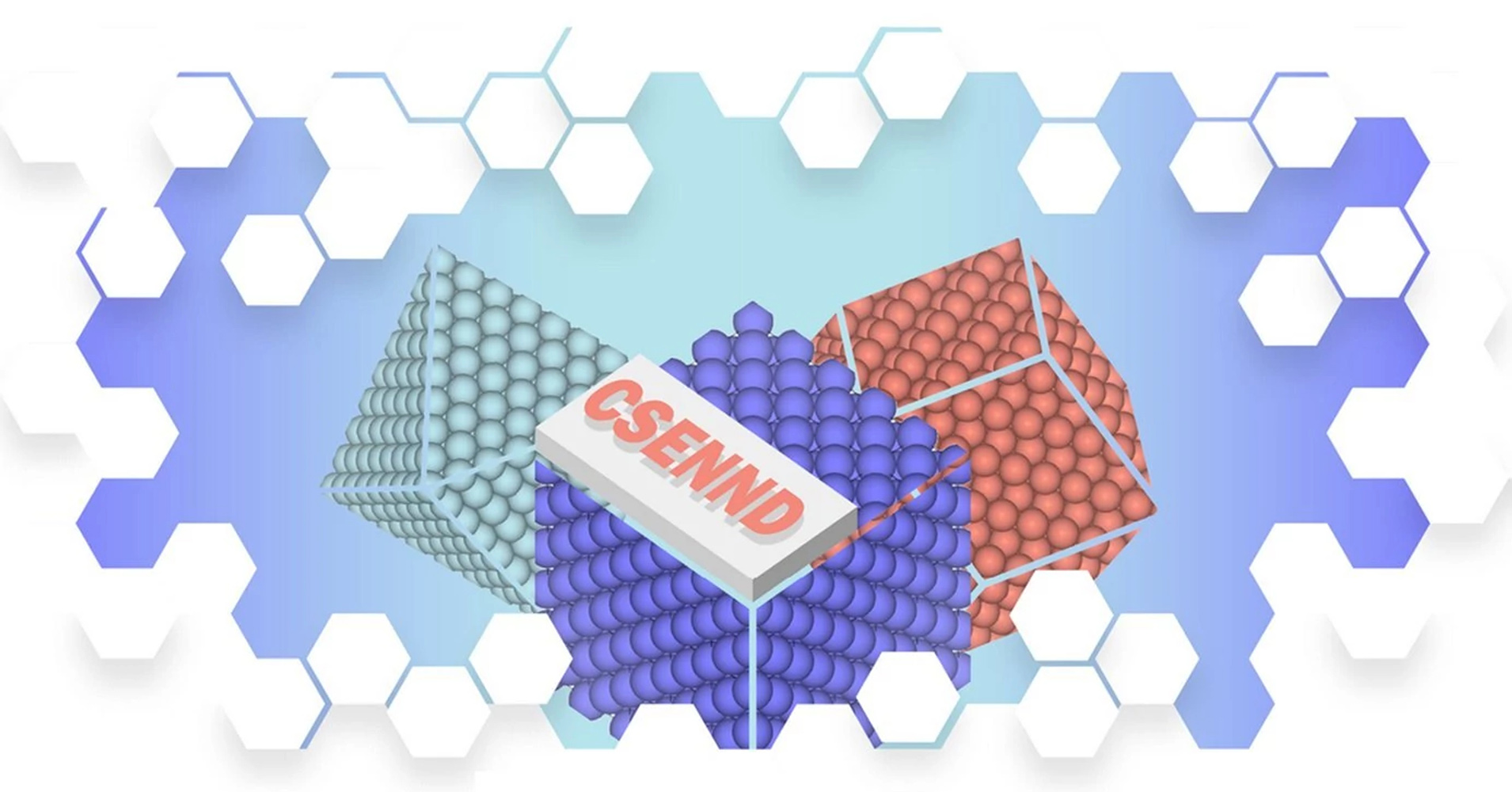
A multi-institution team of researchers led by Indiana University chemist Sara Skrabalak and featuring two Texas A&M University chemists has been awarded $1.8 million from the National Science Foundation to establish a research center focused on transforming nanocrystal discovery and design.
Nanocrystals are microscopic collections of atoms that drive innovation in all sectors of the economy. They are used in catalytic converters, transparent sunscreens, self-cleaning surfaces and even medicines.
The new Center for Single-Entity Nanochemistry and Nanocrystal Design is part of the NSF's Centers for Chemical Innovation (CCI) Program funded through the NSF Division of Chemistry and focused on long-term, fundamental chemical research challenges. The project will also provide IU chemistry students with hands-on research experience in the field of nanomaterials.
"The NSF Centers for Chemical Innovation are only awarded to the very best research teams in the country," said Steven Tait, professor and chair of the Department of Chemistry in the College of Arts and Sciences at IU Bloomington. "This new center builds on the excellence of the materials chemistry program that has been built up at IU Bloomington over the past 15 years. We are thrilled that this well-deserved recognition of Professor Skrabalak, Professor Ye, and their team will enable the training of students and scientists at IU and lead to exciting discoveries that advance science and technology."
In addition to Skrabalak, the research team includes IU's Xingchen Ye of IU, Texas A&M chemists Lane Baker and Xin Yan, The University of Texas at Austin's Graeme Henkelman and Temple University's Katherine Willets. Together, they will develop new technologies to rapidly identify and leverage the unique properties of nanocrystals in a variety of applications, such as disease treatments and platforms for sustainable energy.
Nanocrystals are so small that they're measured in nanometers, or billionths of a meter. But Skrabalak said that contrary to their size, they have huge potential.
"Nanocrystals are a driver of innovation because they display properties distinct from their bulk — or larger — form," Skrabalak said. "For example, we are all familiar with the lustrous yellow of gold bricks, but nanocrystals of gold can appear nearly any color, depending on their specific size and shape. The new properties of nanocrystals and the ability to tune those properties with their size and shape is opening up a wealth of opportunities."
However, the diversity of nanocrystals within one sample makes the discovery process challenging, requiring researchers to analyze each nanocrystal in a sample individually.
"Conceptually, this challenge is similar to drug discovery and design, where there is a large experimental space from which a promising target has to be identified," Skrabalak said. "Over the past few decades, the drug discovery process has been transformed by automated testing and detection of large numbers of drug targets, which has shortened the time it takes to find a viable therapeutic."
Inspired by the similarities, Skrabalak said she and her colleagues will apply drug discovery strategies to single nanocrystal analyses to create the scientific toolkit and chemical knowledge to transform the discovery of promising nanocrystals with exceptional properties for application in a wide range of research.
"Broadly, our center aims to transform how the chemical community thinks about the diversity of nanocrystal samples, viewing such diversity as an asset to discovery rather than a detriment," Skrabalak said.
The team held a virtual kickoff meeting this month to bring together all student researchers involved in the project. Construction of new tools and methods for studying promising nanocrystals has already begun.

